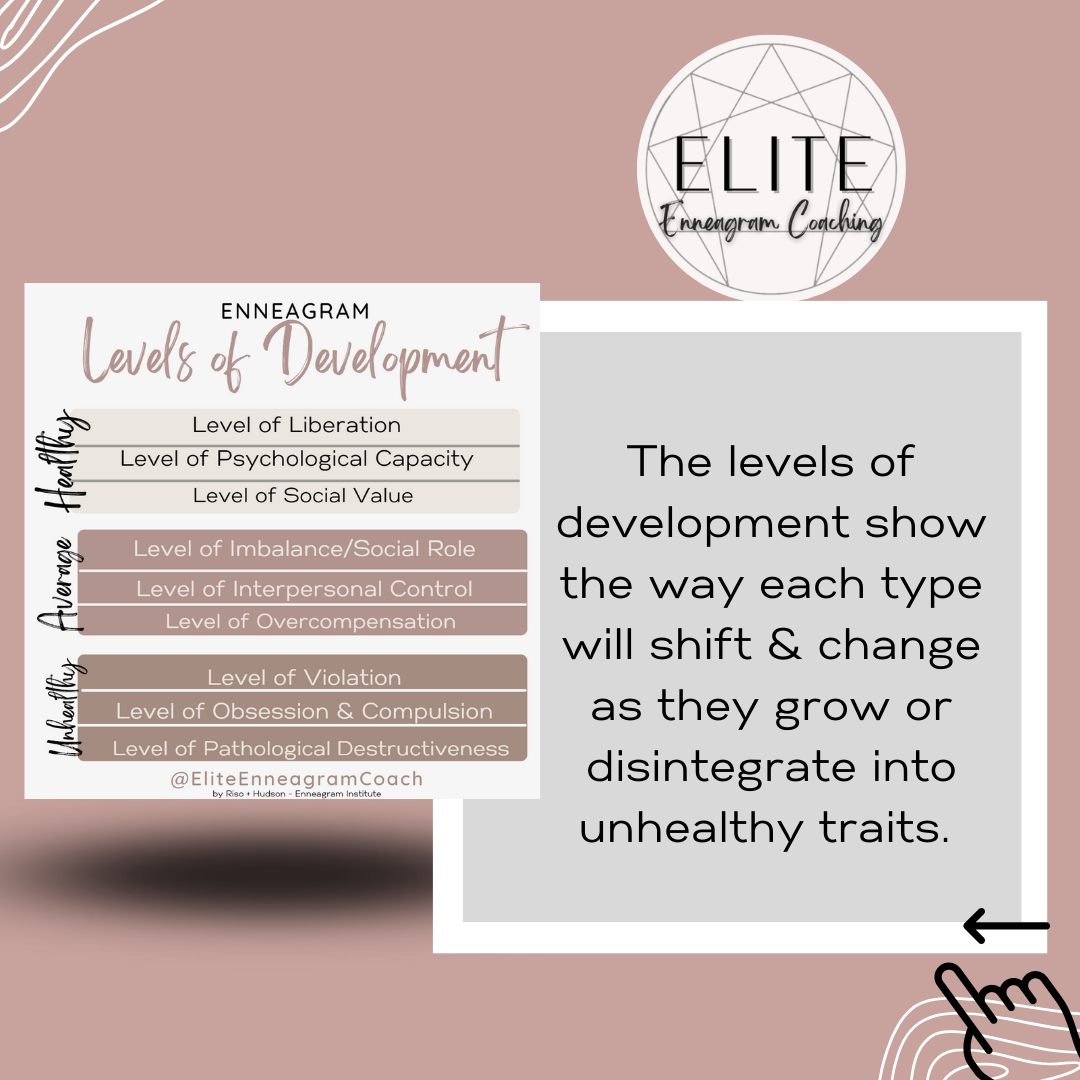Can the enneagram type change?
Do you ever feel like you’re stuck in the same self-defeating patterns, no matter how hard you try to change your behavior? Maybe it feels like there is some innate part of your personality that just keeps drawing you back. If so, then exploring the enneagram type system might be a way for you to make sense of those feelings and find a path forward towards lasting transformation. The enneagram type test distills human motivation into nine distinct personality types, each with its own set of strengths and flaws. But is our enneagram type static or can it change as we progress through life? In this blog post, I'm going to delve into this question by looking at stories of people who have experienced shifts in their core motivations over time and discuss what factors could be influencing these changes. Ready to discover if an enneagram shift is possible for yourself? Then let's dive right in!
The enneagram is a system that categorizes individuals into one of nine personality types. Many people wonder if their enneagram type can change over time. While your core type may remain consistent throughout your life, it is possible to experience growth and shift within that type. Through self-awareness, personal development, and life experiences, individuals may start to exhibit traits of their adjacent types or awaken different parts of their core type. It's important to remember that change within the enneagram system is not a quick fix but rather a long-term process that requires dedication and self-reflection. Ultimately, embracing and understanding your enneagram type can lead to personal growth and a deeper understanding of yourself and others around you.
Personally, as a type 2 (Supportive Helper) I’ve noticed significant changes in my personality after utilizing the enneagram for self-growth. I used to be hypersensitive to rejection, highly codependent, and quite manipulative. After years of work, I am now much better at directly communicating my needs with others, without feeling selfish or embarrassed. I’m much more open to taking feedback or respecting people’s boundaries when they are set. I have my own boundaries that I am clear with and I am generally able to stick to them. I’m much more aware of my propensity to be manipulative- and have curbed that by being direct with communication and simply not taking action when I have the urge to manipulate situations. I enjoy spending time on my own and no longer need constant reassurance from my friends and family that they love and appreciate me. It’s been a difficult road and I still have much growth to make but I no longer identify with most of the “average level” attributes of a type 2. I am however– still a type two. The weaknesses and motivators are still there, continuing to bring awareness to how they are impacting me is the work I’m doing now.
Overall, although it’s possible for your behaviors and attitudes to shift when development is focused and intentional, your actual core type will remain the same. It is important to remember that doing work around the Enneagram isn't about staying within a box- it's about using our self-discovery to better recognize ourselves and take ownership of who we are in our growth journey. If you want to develop greater awareness of your type or simply know more in general, consider scheduling an appointment with me(a certified enneagram coach) and learning more today!



